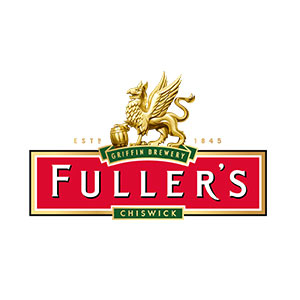A brace of winners on an overcast Monday in Fakenham can in no way compensate for disappointment in some of the big races at Cheltenham this past weekend, but a winner is a winner, wherever it happens, and Alan King set sail to cement his solid record in November today with a brace at the Norfolk venue.
His winners in the Weatherbys E-Passport Mares Novices Hurdle and Sculthorpe Mares Handicap Hurdle won't go down in the annals of racing folklore, but they are an indication of the increasing volume of races available to mares throughout the National Hunt season, as the BHA attempts to mirror the stimulus that mares' races offer to the sport over in Ireland and France.
Ten years ago, the addition of a Mares Hurdle to the Festival met with a lukewarm reception other than from trainers and breeders, and truth be told, the first few races were uncompetitive. A year into its development, the race became the target for Quevega, who won it an extraordinary 6 times to stamp her domination of her gender and generation. It's difficult to imagine any other Festival race where a winner could run up such a long sequence.

If truth be told, the median rating of the horses she beat early on was the lowest of any race for professionals at the Festival, but the stimulus the race gave to the sport at large in the UK has been considerable; so much so, that there are now a further two races at the Festival specifically for mares, including the latest addition, a Novices Chase, which has pushed the Novices Handicap Chase off a Festival berth.
You can't help but have a nagging feeling that mares races at the Festival are really a gift for the Closutton team of Willie Mullins. He's won the Mares race in 9 of 13 runnings to date. Certainly, Irish handlers are well positioned to capitalize. However, there are sound commercial reasons to include them, but the addition of a fifth Novices Hurdle must surely be a step too far. Races like the Supreme and Triumph, which once achieved maximum fields, are now barely reaching double figures, which hints of over-egging the pudding, even if for the right reasons.
In the Pointing sector, whilst there are some very creative race planners among secretaries seeking to squeeze an additional few runners from a diminishing horse population come Springtime, there is a great tendency to remain with the same programme year on year. The best programmes are those that reflect changes in the horses available, or sometimes, riders. No-one, after all, wants uncompetitive racing. Mares races also have their place here too, and they've certainly helped extend the horse population.
Barbury, being a midwinter course, has rarely had a problem with runners. In fact, the International has been forced to run divisions of several races on occasion, but through the good efforts of the PPA, the pre-Christmas fixture list is more balanced nowadays, allowing for a significant horse population to find outlets to run at every level.
It's a different story come the Spring, when several weekends have up to 8 fixtures, stretching horses and rider availability thinly. Sadly, in 2021, the Tedworth won't be running a fixture at Barbury, and the fixture list at large may well see something of a thinning due to the difficult trading conditions that will make it especially tricky for fixtures to run at a profit. It may afford the sport a reassessment of the balance of fixtures that could be to everyone's advantage.







